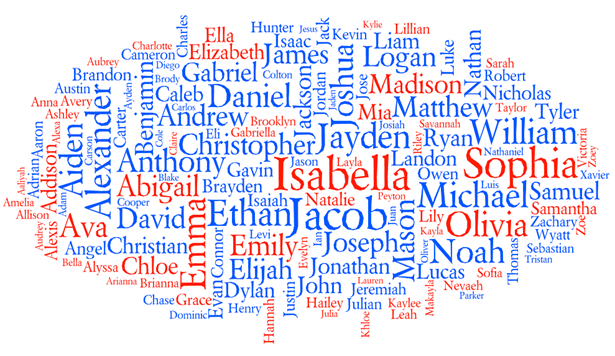Another Case Where Intent to Deprive is Put in the Hands of the Jury: eDiscovery Case Law
In Woods v. Scissons, No. CV-17-08038-PCT-GMS (D. Ariz. Aug. 14, 2019), Arizona Chief District Judge G. Murray Snow granted in part and denied in part the plaintiff’s motion for sanctions for spoliation of video footage of an arrest incident involving the plaintiff and the defendant (a police officer with the Prescott Police Department), ruling that non-party City of Prescott violated a duty to preserve evidence of the alleged incident, but that the question of intent should be submitted to the jury to determine appropriate sanctions.
Case Background
In this claim of excessive force against the defendant arising out of the plaintiff’s arrest in June 2016, the plaintiff alleged that after the defendant placed him in handcuffs, he struck the plaintiff several times while he lay face-down on the pavement, resulting in a fracture to his lower back which left him in severe pain and will likely require future surgery to repair. Several officers arrived on the scene during the course of the arrest. After the Prescott Police Department Review Board determined that no “criminal, civil or Department Policy violations” had occurred during the arrest, the plaintiff filed this action in February 2017. Subsequently, the plaintiff filed a motion for spoliation sanctions, arguing that non-party City of Prescott violated a duty to preserve evidence of the alleged incident—video footage automatically captured by the cameras in the various officers’ vehicles—by allowing the footage to be automatically deleted from the police department’s systems.
Judge’s Ruling
Noting examples of at least two officers (in addition to the defendant’s) whose dash cams would likely have been recording, Judge Snow stated: “the available evidence, taken as a whole, establishes that dash cam footage was recorded by at least two vehicles that could have been relevant to Woods’ claim.” Judge Snow also “decline[d] to assume that any recordings from the vehicles in question would have been irrelevant to Woods’ claim”, stating “the footage’s value cannot simply be replaced by having eyewitness testimony regarding Woods’ arrest—much of the value provided by video footage is that it allows a jury to make its own determination.”
Judge Snow also ruled that the City of Prescott (which was paying for legal representation for the defendant) “had a duty to preserve any video recordings from the responding officers’ dash cams once it knew that litigation was reasonably likely” (which was by April 2017, at the latest) and “the parties do not dispute that any footage has been erased.” And, Judge Snow ruled that “[t]he spoliation can be imputed to Scissons”, observing that the City would pay any judgment against the defendant in the case.
As a result, Judge Snow granted in part and denied in part the plaintiff’s motion for sanctions, ordering the following: “Because there is evidence that video recordings of the alleged event existed but were not preserved, the jury will hear evidence concerning the potential existence of video footage and will be instructed that it may consider that evidence along with all other evidence in reaching its decision. It will also be instructed that if it determines that the Police Department destroyed evidence and did so with the intent to deprive Woods of the use of the video footage, it may infer that the footage would have been favorable to Woods. However, the Court declines to give the instruction as requested by Woods because the question of intent will be submitted to the jury.”
So, what do you think? Should juries decide intent to deprive in spoliation disputes? Please let us know if any comments you might have or if you’d like to know more about a particular topic.

Case opinion link courtesy of eDiscovery Assistant.
Sponsor: This blog is sponsored by CloudNine, which is a data and legal discovery technology company with proven expertise in simplifying and automating the discovery of data for audits, investigations, and litigation. Used by legal and business customers worldwide including more than 50 of the top 250 Am Law firms and many of the world’s leading corporations, CloudNine’s eDiscovery automation software and services help customers gain insight and intelligence on electronic data.
Disclaimer: The views represented herein are exclusively the views of the author, and do not necessarily represent the views held by CloudNine. eDiscovery Daily is made available by CloudNine solely for educational purposes to provide general information about general eDiscovery principles and not to provide specific legal advice applicable to any particular circumstance. eDiscovery Daily should not be used as a substitute for competent legal advice from a lawyer you have retained and who has agreed to represent you.











